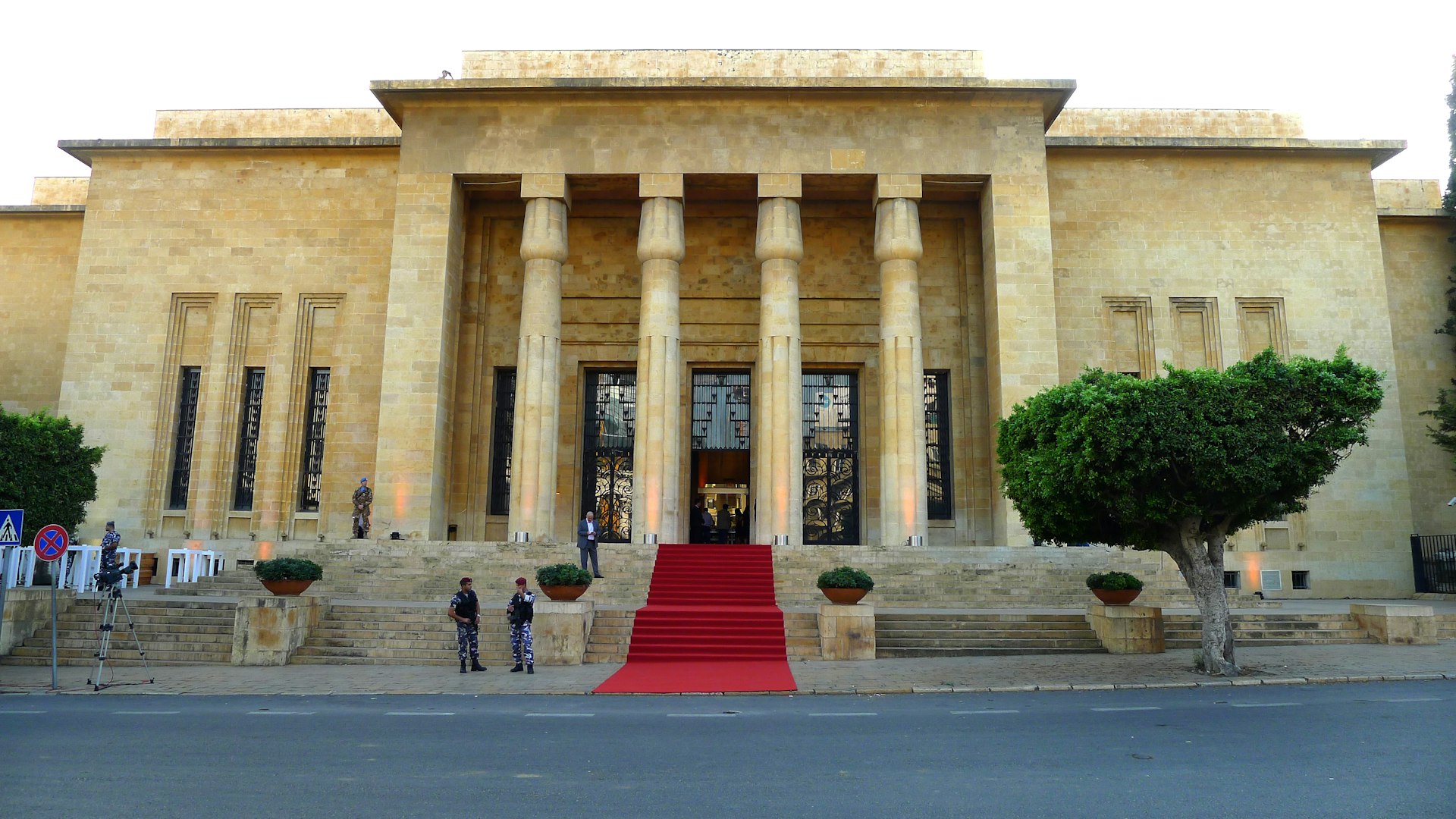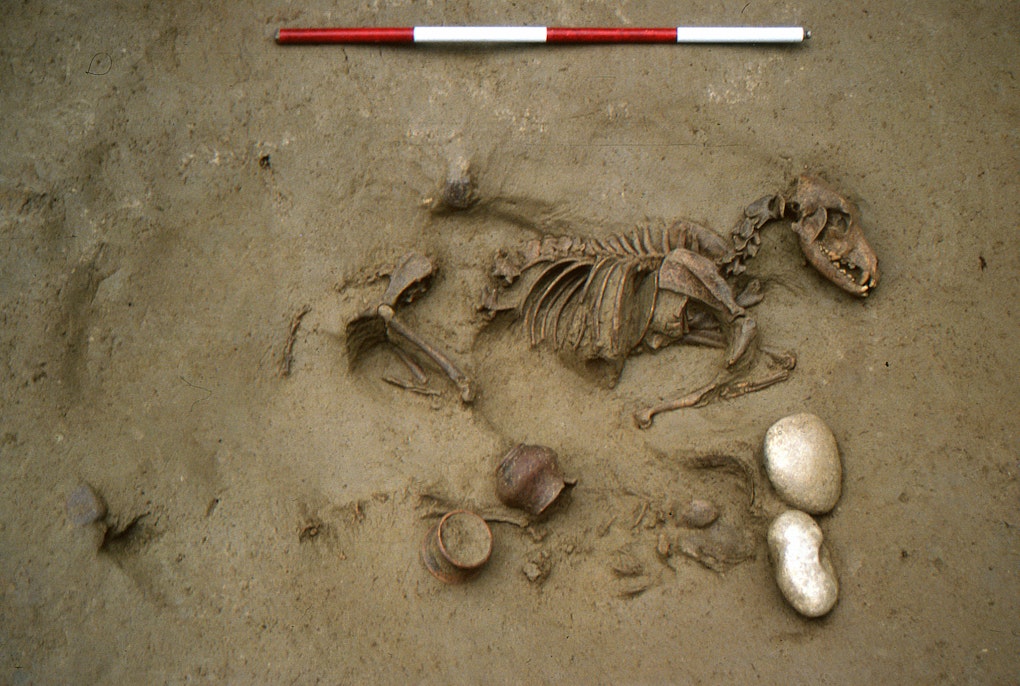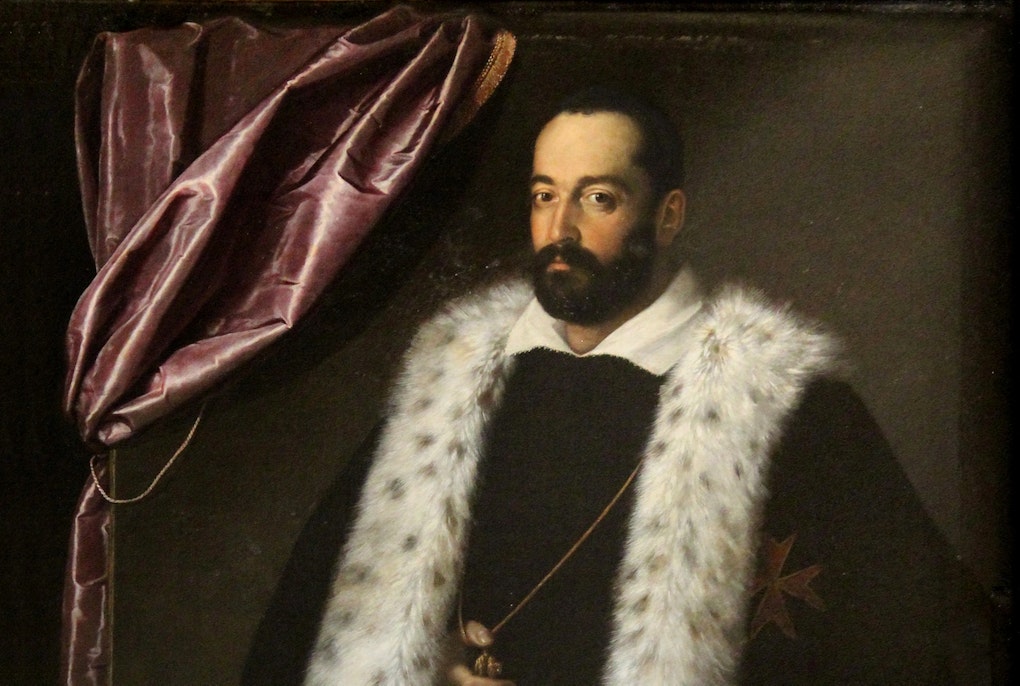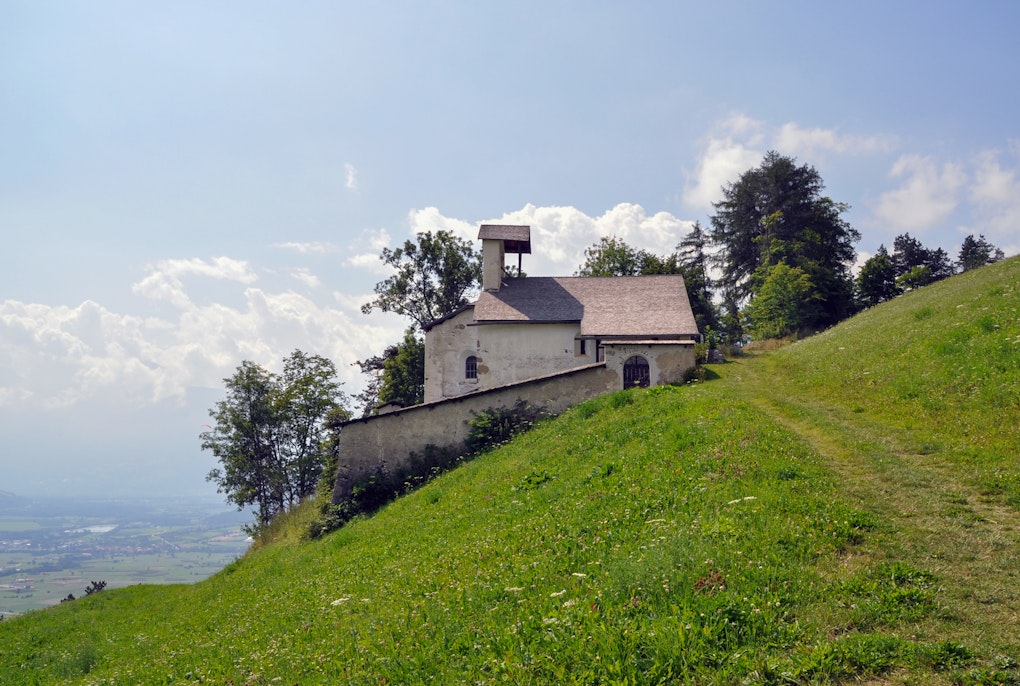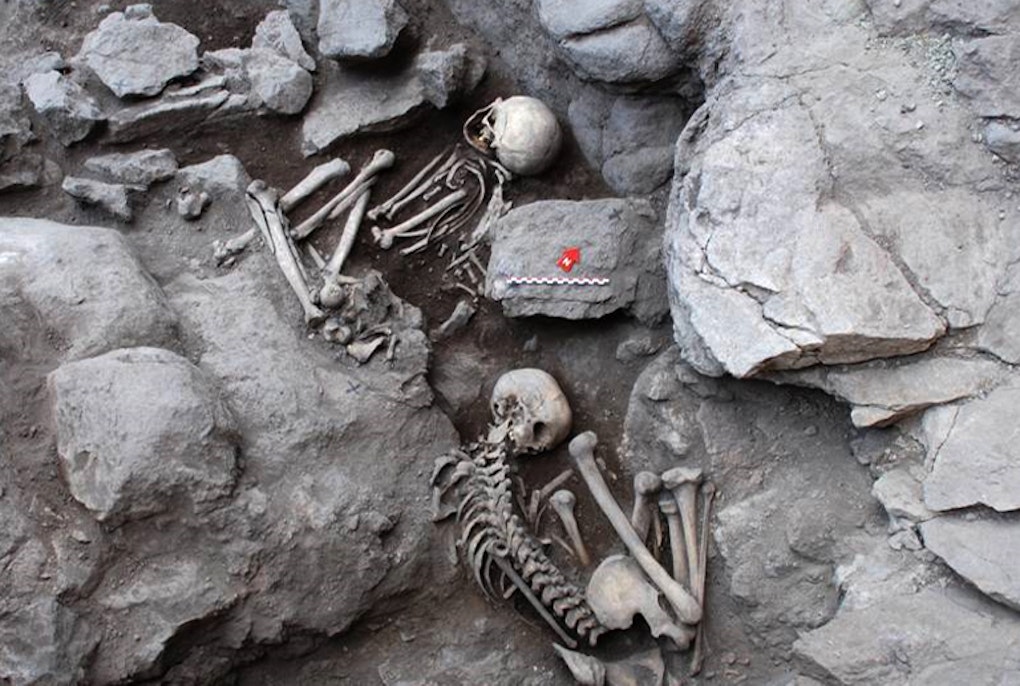In the middle of the civil war, medieval mummies were found in a cave in northern Lebanon. For many years they lay unnoticed in the basement of the National Museum, but now, thanks to Bolzano conservation expert Marco Samadelli, they are among the most attractive exhibits.
The fact that the museum staff showed some restraint towards the mummies in the storage below did not pass unnoticed by Marco Samadelli: Indeed, in the more than twenty years that the bodies had been there, no one had even opened the door to that room. So, when Samadelli arrived on scene in his unusual get up he was met with surprise! "I was wearing a surgical mask and gown, as I always do when I work with mummies - a precautionary measure so as not to contaminate them. But when the museum people saw me like this, alarm bells sounded!" Marco Samadelli laughs. "They gave me the key to the storeroom and kept to a safe distance of ten meters."
What mummy expert Samadelli freed from those thick layers of cotton gauze in the storeroom revealed a trove of highly interesting historical information: eight mummies from northern Lebanon, probably around 800 years old, the only ones ever found in the country. However, they were not in good condition, with only a few pieces left of some of them.
Which ones could be exhibited? He had to make his selection presentable - cleaning, assembling, dressing - and also ensuring the best possible conservation of all the bodies. His client was not in Lebanon, but in Italy: The Committee for Development Cooperation of the Italian Ministry of Foreign Affairs financed the expansion of a new section in the Beirut National Museum, and it was the Italian architect who initially suggested exhibiting the mummies that had been locked away. "Otherwise, they would probably still be in the storeroom today," says Samadelli.
How they got there is a story full of novelistic detail. In the late 1980s, a group of Lebanese "speleologists" - treasure hunters, Samadelli suspects - explored a high-altitude karst cave in the Qadisha Valley and came across eight bodies buried in the ground, six of them probably children. Under their burial cloth they are wearing splendidly embroidered clothes and around them lay numerous objects such as combs, manuscripts, pottery. The finders recovered the mummies, proceeding with a lack of caution that still makes Samadelli shudder today; they robbed the remains of their clothes, then brought everything away and one member of the group set up a sort of museum in his own house (after which his wife left him, Marco Samadelli was told at a meeting). The perpetrator then went on to build display cases, giving names to the mummies and even attempted to assume the role of a restorer by sticking skull parts together - incorrectly. Civil war was raging in the country, but in any event, rumors of the small private museum reached Beirut. And although protecting cultural property was not a priority, when peace finally prevailed, the authorities claimed the mummies. Leaving them untouched in the basement of the National Museum until the Italians proposed exhibiting them.
The initiative was met with controversy. The Minister of Culture, the museum management, the religious authorities - all had reservations. Exhibiting human bodies is problematic in Islam, and first assumptions suggest that the dead are women. A fortunate factor is that the cultural institutions are directed mainly by Maronite Christians, who were more open to the project. Also, an ethics committee, of which Samadelli is a member, established certain conditions: the mummies could only be shown if they were fully dressed in their original clothes.
In stark contrast to the mummies, the clothes themselves were well preserved and following restoration by experts from Geneva, and they became pivotal for something else. The mummies are still missing numerous parts which perhaps still lie within the cave at 1300 m.a.s.l; but in that area, on the border with Syria, there is fighting again. Thanks to the clothes, however, Samadelli can create an overall picture of the bodies by reconstructing the missing parts under the fabrics – a technique he learnt at the British Museum.
Samadelli chose three mummies: a woman who lay buried with a child on her shoulder, and another child whom the finders named Yasmin, but who Samadelli soon renamed Yasmino - because he was male. The bodies are almost skeletons, yet they are called mummies because they still have skin and hair. The hair is made of tough keratin, one of the most durable human materials. The female mummy has a thick, deep black mass of it on her skull bones – so well preserved, it looks like a wig.
The fact that the bodies did not decompose completely is due to the nature of the soil, Samadelli speculates. And the remaining sand which was stuck to the mummy's skin was removed in a painstakingly tedious precision job, using only brushes, suction cups, and steam of distilled water. Even though using chemicals would speed up the process it could also destroy important information.
Two young Lebanese archaeologists worked with Samadelli, learning from him how to handle the mummies in the storeroom. Knowledge transfer is part of the mission, after all it was a development cooperation project. The fact that ministry officials came across Marco Samadelli when they were looking for an expert in mummy conservation was inevitable: he is the expert in this field. Since Ötzi was transferred to Bolzano, he has been entrusted with the Iceman’s preservation, and there is hardly anyone else who has been so intensively concerned with how best to preserve mummies from decomposition in order to make them available for future research. His concept of future is ambitious: "You don't have to think about the next 50 years here, but the next 5,000 years!" In his work at the Institute for Mummy Studies, Samadelli studies the optimal storage conditions for preserving the mummy’s current status, and in his lab he develops solutions that create these conditions.
What interests him, however, is not only the mummy itself – it’s the challenge - using the means of physics - of preserving this "infinite source of knowledge", so that researchers can make full use of it for the years to come.
The mummies of Beirut will also be studied in detail in the coming years and the Lebanese Office for the Protection of Monuments has commissioned experts from Eurac Research for the task. Samadelli has already brought samples to Bolzano, for example tiny pieces of skull, taken with a dentist's drill at a point where the concentration of DNA is particularly high. The investigation will answer many questions: are these really mothers and children? Where did they come from? Based on the grave goods found at the site, it is so far assumed that they were Maronite Christians who fled to the mountains to escape Mamluk Sultan Beibars in the 13th century. Radiocarbon tests will soon provide reliable dates. The research will also be able to shed light on the diet, living habits and death circumstances of these people.
The museum's new wing opened in October 2015. The mummies, respectfully displayed in a separate room, have become a crowd puller, the director wrote to Samadelli who is not surprised: “Mummies fascinate everyone - we see that with Ötzi as well.”
This article was published on December 16th 2016, in the weekly magazine Südtiroler Wirtschaftszeitung, with the title „Mission Mumienrettung”.
Mummie
Quando pensiamo alle mummie, la prima cosa che ci viene in mente sono Ötzi o i faraoni egiziani, ma il fenomeno è molto più diffuso: in tutti i continenti ci sono resti umani che sono stati preservati dalla decomposizione grazie a particolari condizioni ambientali o procedure speciali. Nel primo caso si parla di mummie naturali, nel secondo di mummie artificiali. Ma la mummificazione naturale può anche essere intenzionale – per esempio quando i cadaveri venivano tenuti nelle tombe delle chiese o nelle cripte perché lì si conservavano intatte.
Per la comunità scientifica, le mummie sono una sorta di “archivio della vita”: cosa mangiava la gente migliaia di anni fa? Di quali malattie soffriva? Come trattava le ferite, c’erano farmaci? Studiose e studiosi di antropologia, medicina, chimica, fisica e genetica possono rispondere a domande come queste e molte altre – sul loro modo di vivere, ma anche sulle loro origini e legami di parentela – studiando le mummie. L’Istituto per lo studio delle mummie di Eurac Research è stato fondato nel 2007 come primo centro di ricerca al mondo dedicato esclusivamente alla ricerca scientifica sulle mummie.
